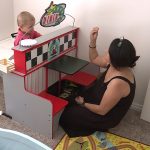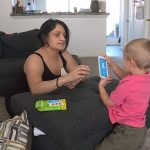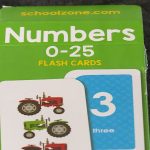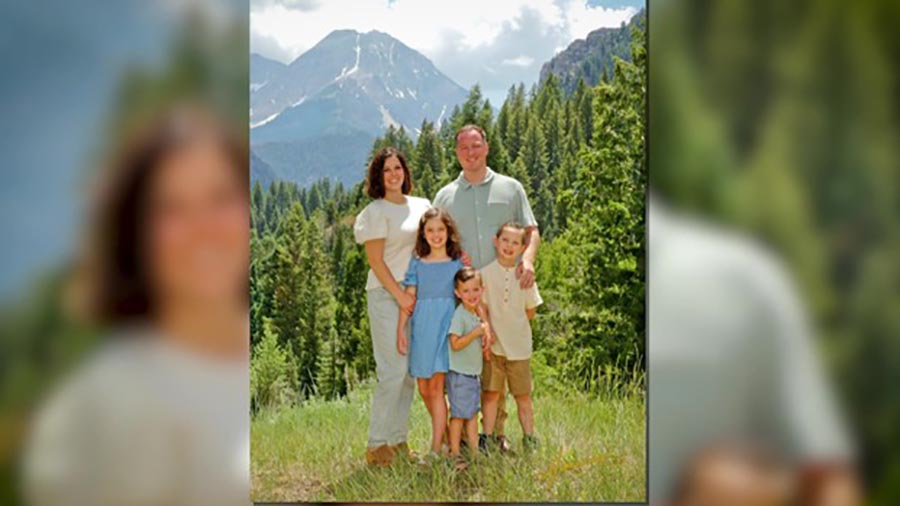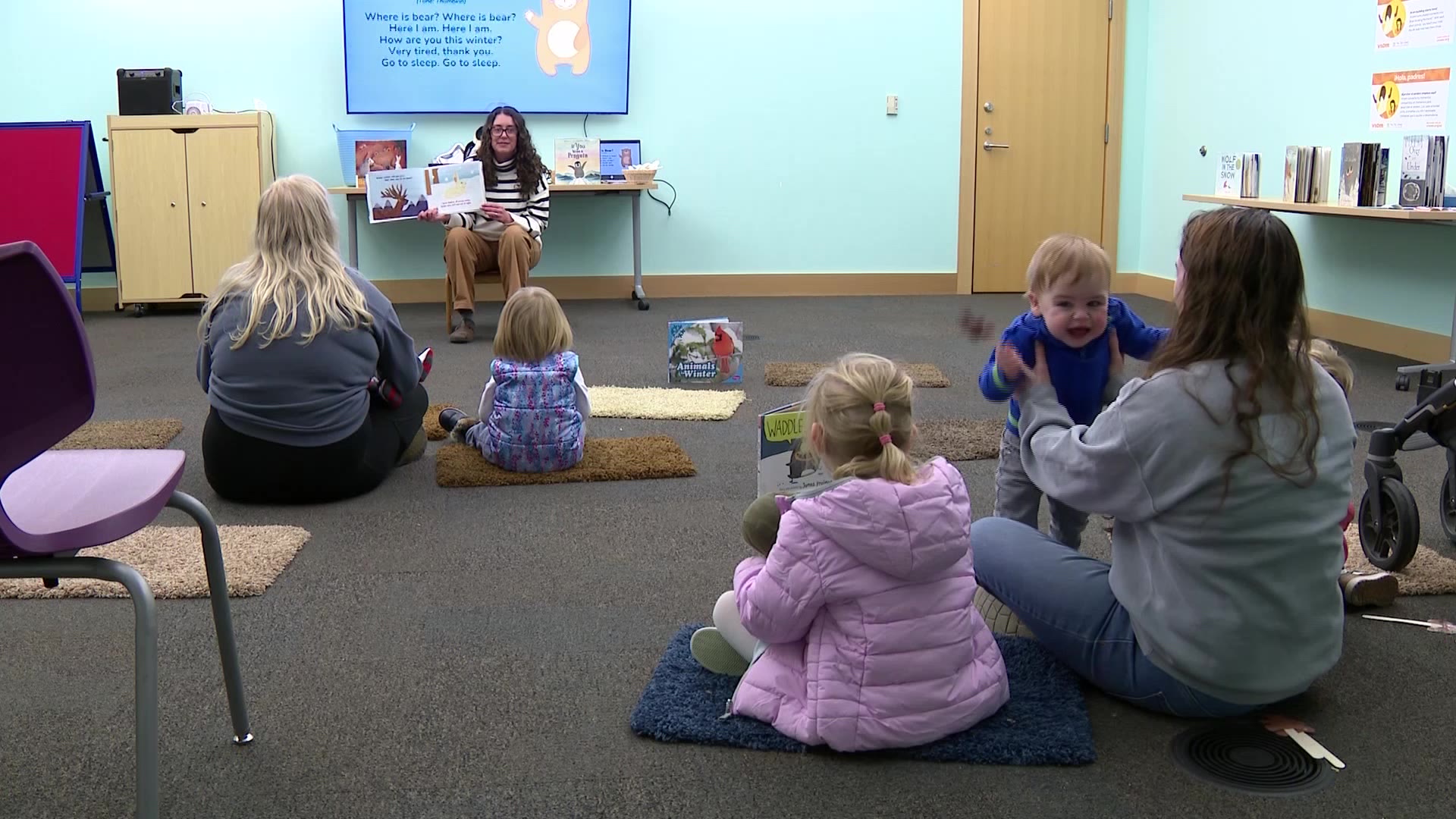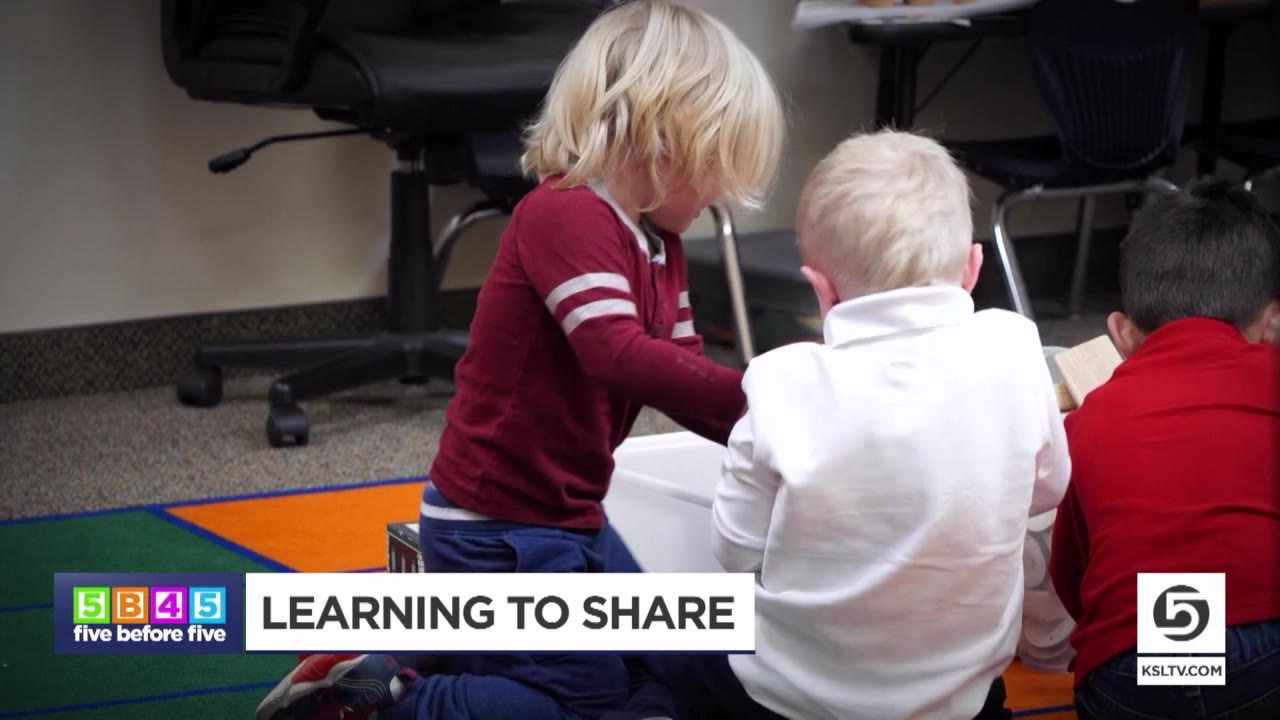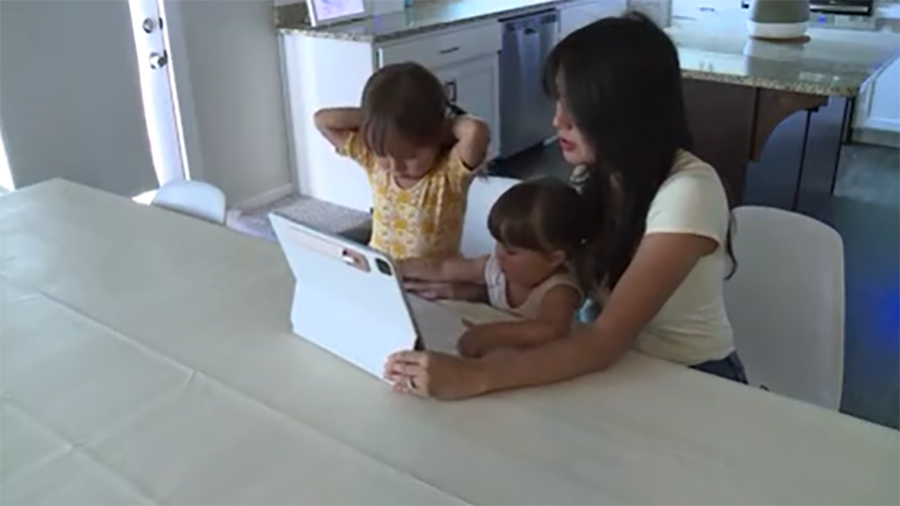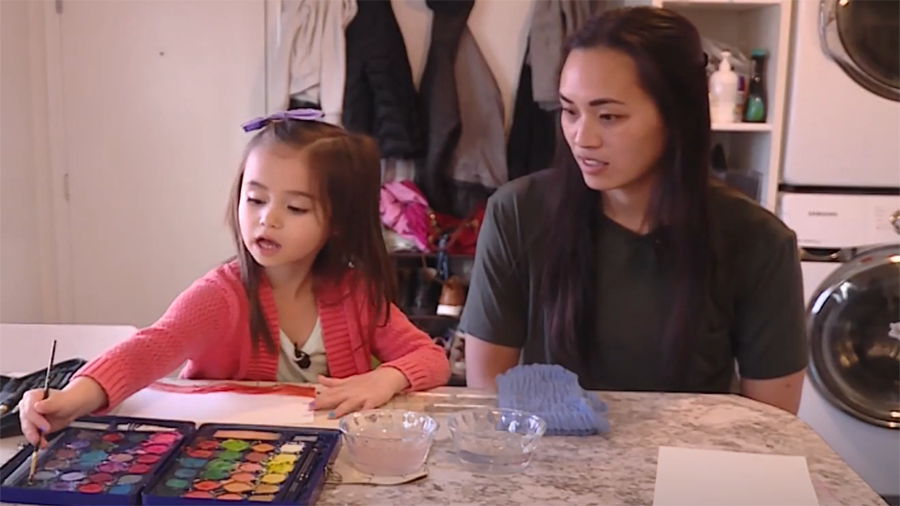Teaching Children To Count Before They Start Kindergarten Gives Them Life-Long Skills
Aug 17, 2021, 7:35 PM | Updated: Jul 14, 2023, 4:01 pm
OREM, Utah — As students start to head back to school, those little children, five years old and younger, are counting down the days when they will get to share in that same excitement.
If they’ve been learning numbers and counting in the home, experts said they will be better prepared for the classroom.
One Orem mother shared how she takes advantage of everyday activities to teach her son.
“He’s very, very curious and energetic… and very smart!” said Sophie Longueville Leifson. “When we play hide and seek or something like that, he can count like up to 20, 25.”
Whether three-and-a half-year old Liam Longueville Sommers is doing the hiding or the seeking, he’s practicing how to count.
Liam starts preschool this year, and like other parents, Leifson anticipates it will be an emotional day for her.
“I’m probably going to cry, but I guess mom cries for every first day at school,” she said.
Though it’s a big step, Leifson knows Liam is ready. She’s been teaching him numbers since he was a baby, through everyday activities, like counting his monster trucks or fruit snacks.
“At first, when he was a baby, we started counting with food,” she said. “Just introducing it on the daily basis, just with the little things.”
She also teaches Liam how to count in her native language of French.
Utah State University Assistant Professor of Mathematics Education, Jessica Shumway, said kids are born to understand math.
“We have a sense of numbers and a sense of quantities, even before we have the number words to describe those quantities,” she explained. “If a toddler is given a choice between a plate of four crackers and a plate of two crackers, they’ll choose the plate of four crackers, even if they don’t have the number of words to explain that.”
She said counting goes beyond a memorized sequence of numbers.
“But as they grow, they attach meaning to those numbers,” Shumway said.
She believes it’s important for young children to understand the cardinality of a set, meaning the total number of elements in a group. Often, children will recite the number of objects in front of them, but are unable to tell an adult how many total objects are in the group, she said.
“When you’re counting a set of three objects — so you count 1, 2, 3 — it takes time for children to understand that the last number word you said represents that entire amount,” Shumway explained.
These new skills allow a child to see the world in an entirely new perspective, she argued.
“Organizing and making sense of the world through numbers [and] counting changes everything for them — the way that they describe things and make sense of things in their world,” she explained.
“‘Here are three forks. Could you put the three forks on the table?’ Children are starting to learn that that three represents that quantity,” she said.
Shumway said counting and associating numbers with objects gives them life-long skills and sets them up for success as they start academic mathematics.
“[Such as] sequencing, learning about patterns and structure, learning problem solving,” she described.
Shumway encouraged parents to count things beyond objects.
“You can count movements, like steps, or count sounds like beats of a drum,” she said.
For Leifson and her son, Liam, they practice counting time.
“I tell him we’re gonna clean up in five minutes and then we’re gonna clean up in three minutes,” she said.
Learning these skills don’t develop overnight, Shumway said.
She encouraged parents to be patient and expect errors.
“Teaching children to count doesn’t have to be formal and actually should be embedded in authentic everyday activities,” Shumway said. “All of these kinds of things make it fun and playful and more of a bonding experience.”
No matter what, Shumway told parents to encourage their child’s efforts, rather than verbally rewarding them for getting the answer correct.
“Instead of things like, ‘Oh, you did that correctly, great job!’ you can say something like, ‘Wow, I can see that you have been working really hard on learning to count these objects,'” she suggested.
Shumway said kids have a natural enthusiasm for learning.
“Children are so proud of learning to do something that they see the adults and the older siblings and friends and their lives doing every day,” she said. “Young children make it easy for us to take advantage of these routine activities to teach them to count because they love counting.”
Leifson is excited for her son to continue to learn as he heads to school.
“I’m super proud of him,” she said.
Shumway encouraged parents to help their children learn how to count up to 20 before they start kindergarten, where they will learn to eventually count to 100.
For more ideas on how to help your child learn how to count, visit 5B45kids.com.


